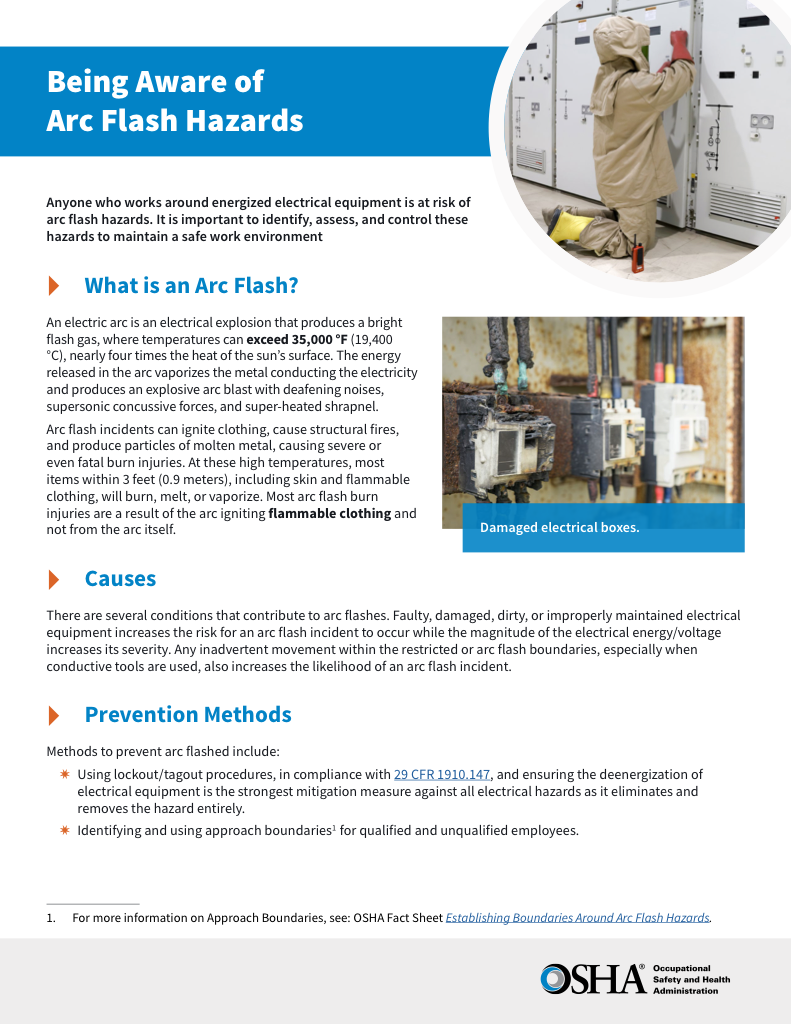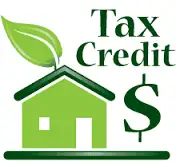What Causes Voltage to Be Induced in a Transformer Explained
By R.W. Hurst, Editor

Power Transformer Maintenance Training
Our customized live online or in‑person group training can be delivered to your staff at your location.

- Live Online
- 12 hours Instructor-led
- Group Training Available
Download Our OSHA 4475 Fact Sheet – Being Aware of Arc Flash Hazards

- Identify root causes of arc flash incidents and contributing conditions
- Apply prevention strategies including LOTO, PPE, and testing protocols
- Understand OSHA requirements for training and equipment maintenance
What causes voltage to be induced in a transformer is the changing magnetic flux in its iron core, which, through electromagnetic induction, generates voltage in the secondary winding, enabling efficient power transfer between primary and secondary coils.
What Causes Voltage to Be Induced in a Transformer?
✅ A changing magnetic field in the iron core creates electromagnetic induction
✅ Alternating current in the primary coil generates varying magnetic flux
✅ Voltage appears in the secondary winding, enabling energy transfer
This is a fundamental question for electrical professionals who work with power distribution systems. Understanding the principles of electromagnetic induction is crucial for selecting, installing, and maintaining transformers effectively. This article delves into the key factors that govern voltage induction in transformers, providing valuable insights for anyone working with these essential devices. By exploring concepts like Faraday's Law, mutual induction, and the role of the transformer core, readers will gain a deeper understanding of how transformers function and their critical role in modern power systems. For an in-depth overview of large-scale transformer applications, see our Utility Transformers guide.
Electrical Transformer Maintenance Training
Substation Maintenance Training
Request a Free Training Quotation
Faraday's Law of Electromagnetic Induction
At the heart of transformer operation lies Faraday's Law of electromagnetic induction. This law states that a changing magnetic field will induce an electromotive force (EMF), or voltage, in a conductor within that field. This conductor is the secondary winding, and the changing magnetic field is generated by the primary winding. This fundamental principle explains how electrical energy is transferred between the primary and secondary coils without a direct electrical connection.
Mutual Induction
Mutual induction is the specific form of electromagnetic induction that occurs. When an alternating current flows through the primary winding, it creates a fluctuating magnetic field around it. This magnetic field then interacts with the secondary winding, inducing a voltage in the secondary coil. The efficiency of this energy transfer depends on factors such as the number of turns in each coil and the presence of a magnetic core.
Sign Up for Electricity Forum’s Utility Transformers Newsletter
Stay informed with our FREE Utility Transformers Newsletter — get the latest news, breakthrough technologies, and expert insights, delivered straight to your inbox.
Magnetic Flux
Magnetic flux plays a crucial role in linking the primary and secondary windings of a transformer. It represents the lines of magnetic force that pass through a given area. When the magnetic field generated by the primary coil changes, it causes a change in the magnetic flux within the core. This changing flux then interacts with the secondary winding, inducing a voltage in it. The core material and its design significantly influence the strength and direction of this flux.
Primary and Secondary Windings
Power transformers consist of two essential windings: the primary winding and the secondary winding. The primary winding is connected to the voltage source, while the secondary winding is connected to the load. These windings are typically made of insulated copper wire and are wound around a common magnetic core. The number of turns in each winding determines the voltage transformation ratio. Our Construction of Transformer resource explains core materials, windings, and insulation methods in detail.
Transformer Core
The magnetic core is a critical component, serving to enhance the magnetic coupling between the primary and secondary coils. It is typically made of ferromagnetic materials like iron or steel, which have high magnetic permeability. This allows the core to concentrate the magnetic flux generated by the primary winding and efficiently channel it through the secondary winding, maximizing the induction of voltage.
Voltage Transformation Ratio
The ability to step up or step down voltage depends on the ratio of the number of turns in the primary and secondary windings. This is known as the turns ratio. If the secondary winding has more turns than the primary winding, the transformer will step up the voltage. Conversely, if the secondary winding has fewer turns, the transformer will step down the voltage. This relationship between the turns ratio and the voltage on the secondary coil is fundamental to transformer design and application. Discover the functions and benefits of Distribution Transformers in local power delivery systems.
Frequently Asked Questions
How does a transformer induce a voltage?
It induces a voltage through the principle of mutual induction. The alternating current in the primary coil creates a fluctuating magnetic field, which in turn induces a voltage in the secondary coil.
How do coil turns affect voltage output?
The ratio of the number of turns in the primary winding to the number of turns in the secondary winding determines the turns ratio. This ratio directly affects the voltage output: a higher turns ratio results in a higher secondary voltage, and vice versa.
What is the role of the iron core?
The iron core enhances the magnetic coupling between the primary and secondary coils, ensuring efficient transfer of energy and maximizing the induction of voltage in the secondary winding.
How does the load on the secondary coil affect the voltage?
The load connected to the secondary coil affects the voltage induction by influencing the current flowing through the secondary windings. When a load is connected, it draws current from the secondary coil, which in turn affects the primary coil through mutual induction. The presence of a load causes the primary coil to draw more current from the primary voltage source to maintain the magnetic flux required for inducing voltage in the secondary coil. Consequently, the induced voltage on the secondary can vary depending on the load characteristics.
Induction involves complex interactions between magnetic fields, mutual induction, and the physical properties of the coils and core. Understanding these principles helps in optimizing design and operation for efficient voltage transformation.
Related Articles








